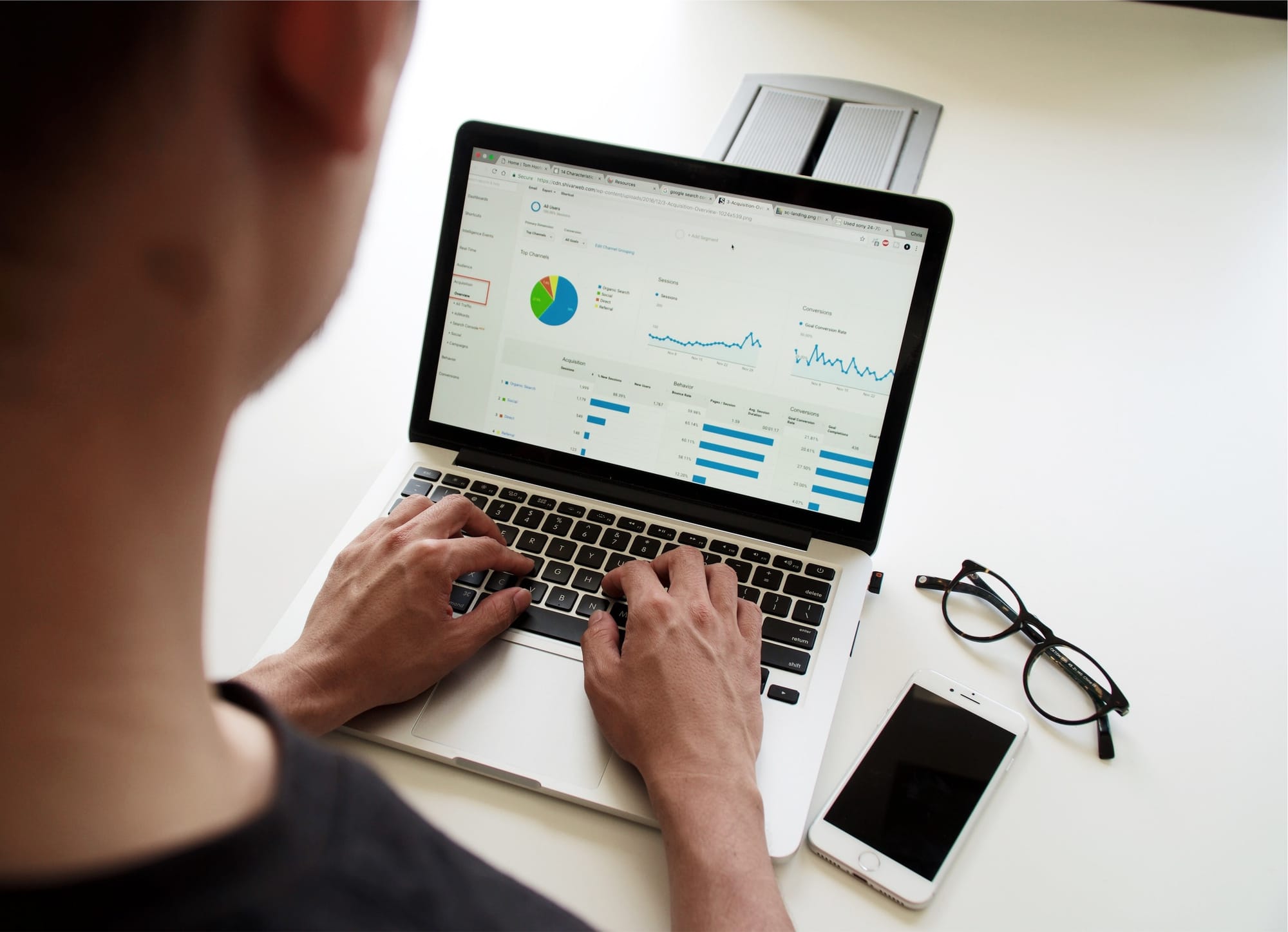CITRIX SECURITY SOLUTIONS: SAFEGUARDING HEALTHCARE DATA AND PRIVACY

Citrix Security Solutions: Safeguarding Healthcare Data and Privacy
In the dynamic world of healthcare, where patient data and privacy are constantly under the threat of cyberattacks, Citrix security solutions provide a robust framework to protect sensitive information. Healthcare organizations are a prime target for cyber criminals due to the highly sensitive personal health information (PHI) they handle. Citrix offers a range of products and services designed to ensure compliance with health industry regulations such as the Health Insurance Portability and Accountability Act (HIPAA) and the General Data Protection Regulation (GDPR) in Europe. In this article, we explore the critical security features and best practices for utilizing Citrix in the healthcare environment.
1. Comprehensive Access Control
- Role-Based Access Control (RBAC): Ensure that healthcare practitioners access only the information required for their role, minimizing the risk of unauthorized PHI access.
- Multi-factor Authentication (MFA): Deploy MFA to provide an extra layer of security, ensuring that only authorized personnel can access sensitive data.
- Smart Access and Smart Control: Define access policies based on user location, device posture, and network conditions, further enhancing data security.
2. Data Encryption
- In-Transit Encryption: Use industry-standard encryption protocols like SSL/TLS to protect data while it is being transmitted over networks.
- At-Rest Encryption: Encrypt sensitive data stored in databases, file servers, and endpoints to protect against data breaches and loss.
- Encryption Key Management: Implement robust key management practices to ensure that encryption keys are securely stored and managed.
3. Endpoint Security
- Device Certificate Checks: Regularly validate device certificates to ensure that only secure, authorized devices can access the network.
- Antivirus Integration: Integrate Citrix solutions with leading antivirus software to automatically detect and respond to threats at the endpoint level.
- Application Lockdown: Restrict access to only approved applications through application whitelisting, reducing the risk of malware.
4. Network Security
- Micro-Segmentation: Use Citrix ADC to segment the network and isolate workloads, making it more difficult for attackers to move laterally within the environment.
- Secure VPN Access: Provide secure remote access to the healthcare network through Citrix Gateway, which offers VPN functionality.
- Intrusion Prevention and Detection: Implement intrusion prevention and detection systems (IPS/IDS) to monitor for unusual network activity that could indicate a breach.
5. Application Security
- Web Application Firewall (WAF): Deploy Citrix WAF to protect web applications from threats such as SQL injection, cross-site scripting, and session hijacking.
- Regular Patch Management: Keep all healthcare applications up to date with the latest patches to fix vulnerabilities before attackers can exploit them.
- App Containerization: Utilize Citrix solutions to containerize applications, thus isolating them from the underlying operating system and preventing cross-contamination.
6. Security Monitoring and Analytics
- Real-Time Analytics: Take advantage of Citrix Analytics for Security to gain real-time visibility into user behavior and to detect anomalies.
- Automated Threat Response: Set up automated responses to security incidents, allowing for rapid containment and mitigation.
- Security Information and Event Management (SIEM) Integration: Feed Citrix logs into a SIEM solution for comprehensive monitoring and alerting.
7. Compliance Reporting and Management
- Simplified Compliance Reporting: Use Citrix's built-in reporting features to easily demonstrate compliance with healthcare regulations.
- Data Loss Prevention (DLP): Implement DLP strategies to ensure sensitive information such as PHI is not improperly disclosed.
- Audit Logs: Maintain detailed audit logs of access and changes to healthcare data, supporting investigations and audits.
8. Cloud Security
- Hybrid Cloud Management: Securely manage hybrid cloud environments with Citrix Cloud services, maintaining consistent security policies across on-premises and cloud resources.
- Zero Trust Architecture: Implement a zero trust security model with Citrix technologies to enforce strict access controls and monitor all resource usage.
- Cloud Data Protection: Ensure that data stored in the cloud is encrypted and protected with the same rigor as on-premises data.
9. Business Continuity and Disaster Recovery
- Remote Work Solutions: Leverage Citrix solutions to enable remote work, ensuring business continuity during emergencies without compromising security.
- Regular Data Backups: Implement a robust backup strategy, including off-site storage, to safeguard healthcare data against ransomware and other cyber threats.
- Disaster Recovery Planning: Utilize Citrix's disaster recovery planning services to prepare for and respond effectively to data breaches or loss.
10. User Training and Awareness
- Regular Security Training: Train healthcare staff regularly on the latest cybersecurity threats and best practices to prevent breaches.
- Phishing Simulation and Testing: Conduct simulated phishing attacks to raise awareness and help users recognize potential threats.
- Clear Security Policies: Develop clear, accessible security policies and procedures for all staff to follow, fostering a culture of security awareness.
The landscape of healthcare cybersecurity is fraught with challenges, but by leveraging Citrix's comprehensive security solutions, healthcare organizations can significantly enhance their defenses against cyber threats. From robust access controls and data encryption to application security and compliance management, Citrix offers a range of products and a framework for safeguarding healthcare data and privacy. As the healthcare industry continues to face a rapidly evolving threat environment, the adoption of these best practices is not just advisable but essential for the protection of sensitive health information and the privacy of patients worldwide.